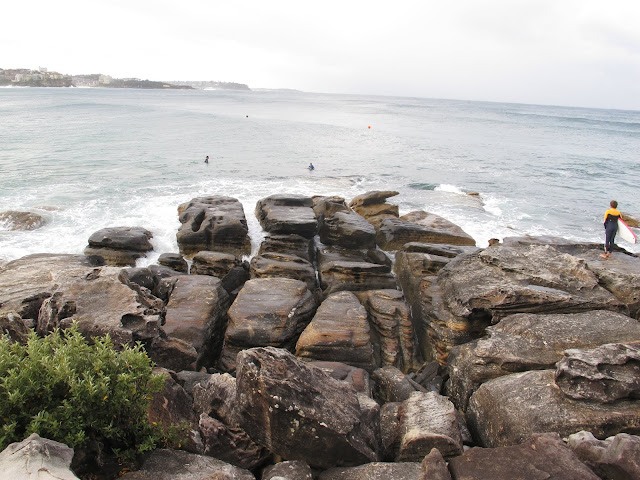This must have been written thirty years ago, maybe more. We're a tad more weary and wary now.
"Angels on the steps, shepherds on the grass," announces the liturgical lady. "Joseph and Mary, are you ready?" She scans the supply of angels and shepherds. "Are there any more angels?" She pauses, and calls again, trying to keep the traces of desperation hidden.
"Angels on the steps, shepherds on the grass," announces the liturgical lady. "Joseph and Mary, are you ready?" She scans the supply of angels and shepherds. "Are there any more angels?" She pauses, and calls again, trying to keep the traces of desperation hidden.
A few more small boys with tea-towels head-banded to their
heads give off wrestling each other, a scattering of girls in party frocks with
tinsel wreaths trickle away from their families, some of them a little
doubtfully. One or two are led forward
by parents to take the hand of the Boss Angel and Boss Shepherd, both adults
who look like seasoned campaigners at this lark.
It is 7.30 on Christmas Eve, the cicadas are shrilling in
the trees, birds swoop in and out of the last of the sunlight, and overhead,
flocculent clouds catch the first colours of sunset, and offer us a threat of
storm that once again does not come.
Most years we get this threat, and most years it holds off. About 700 people are gathered in the garden
of a local church for an outdoor mass.
The Jesuit father told me when I phoned last night that this
is the children's mass, but that is fine by us, even though it is obvious that
he is working his way into a case of laryngitis. Better that than a whisky priest, straight
out of the pages of Graham Greene, working his way into a case of Scotch, I
want to tell him, but I am uncertain how well his sense of humour will be
holding.
The service is a simple telling of the story of Christmas, a
few simple carols, and back into the streets just as the street lights are
coming on. We sit on the grass for the
service: most people know to bring a rug, Chris and I are canny enough to bring
low folding seats that give back support.
First, a messenger arrives to announce that Caesar Augustus
has called a census, then Joseph and Mary, a young couple of the parish, walk
along the path to several young inn-keepers, find their stable, and quietly
produce "baby Jesus" (actually their daughter Anna, but that's OK,
Jesuits are more relaxed about such things).
The three wise men pop in for a chat, and one of them is a girl, but
that's cool as well.
Then the shepherds are called. They arise, one scratching his rear in relief
at losing contact with the grass. The
smallest shepherd panics, and runs for his family, and someone mutters
something about the need for a sheepdog, but the lost shepherd is returned to
the flock of shepherds, and they withstand the confronting angels.
The priest explains that with his laryngitis, he will need
to be brief, and tells a short story about a boy who wanted to play Joseph, but
was ordered to play the Third Inn-keeper.
On the night, he plays along, right up to the point where Joseph asks
for a place to stay. He pauses, then
announces "She can stay, but you can get lost," he tells the rival
who succeeded over him. What is the
meaning of Christmas, he asks. Picking
up Anna, he introduces her to us. This
is the meaning of Christmas, he answers.
By now the colours are mounting in the sky, the white
cockatoos have fled, and a cricket has started chirping near one of the
microphones, but it is all just part of a summer Christmas. Then the mass is ended, and the priest
announces that there will be small presents to those under 10. There is a stirring of joy among the shepherds
and the angels, but they are instructed to lead Joseph and Mary and baby Jesus
out. To the strains of "Joy to the
World", they walk reluctantly away from where the three wise men are
preparing to dish out small parcels of sweets.
There are trembling lips as they pass us by, for all the
little heathens, the non-shepherds and non-angels are already lining up, and
the shepherds and angels know well what the meaning of Christmas is to
them. Just as we finish singing, a small
tidal wave of mixed angels and shepherds pours back up the path, where the
three wise men demonstrate just how wise they are, by pulling up a reserve
supply, especially set aside for the angels and shepherds who had all, it
appears, been counted. We adults leave, happy that children have not been disappointed.
To us, perhaps, that is the real meaning of Christmas.


































